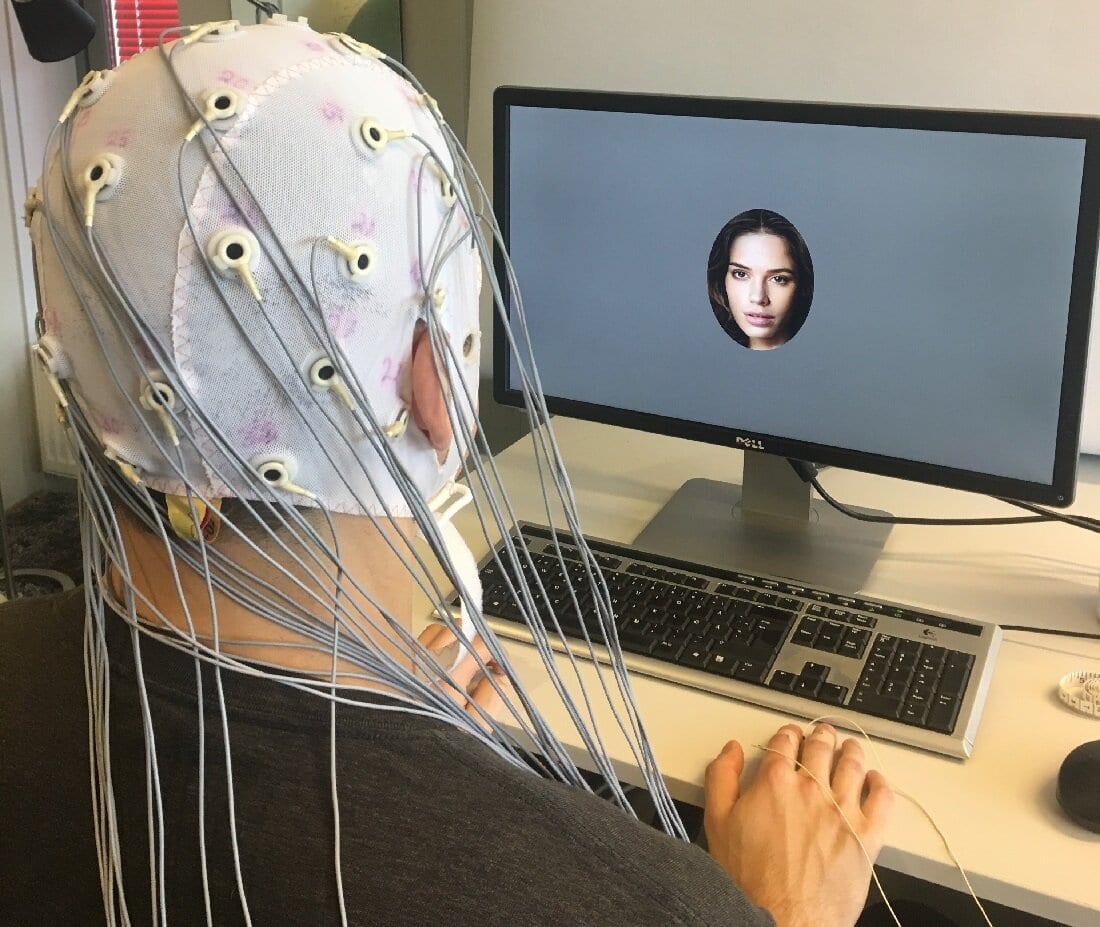“Learning and improving and continuous adaptation to a user’s needs will be central to bRight.”
As I sit here tapping away at my keyboard, I’m flanked by a computer screen showing news feeds from the world of technology, another frantically tumbling away with Twitter updates, and another still that’s telling me that yet another email has landed in my inbox. While I sometimes feel like I’m drowning in data, my woes are as nothing to those experienced by air traffic controllers, network administrators, operators in emergency response control rooms, and even busy stock traders. bRight from SRI International – the Californian research institute which originally developed the Siri virtual assistant – has been designed to make life a little easier for folks who need to make snap decisions in time critical situations, but are faced with an overwhelming amount of information flowing in all at once. In addition to offering task automation and data filtering, the system can predict the actions, behavior and needs of a user or group based on previous activity.
In 2007, Silicon Valley’s SRI International formed Siri Inc. to commercialize a virtual personal assistant technology born out of the institute’s DARPA-funded CALO (Cognitive Assistant that Learns and Organizes) artificial intelligence project. A free app for the iOS platform was subsequently launched as a public beta in early February 2010, and just a couple of months later, Apple acquired the company. Spin forward to October 2011, and a conversational search assistant called Siri was launched as a new feature for the iPhone 4S.
A little while later, Google premiered its own digital PA in Android 4.1 (Jelly Bean). In addition to providing Siri-like search and assistance using natural language, Google Now delivered information and suggestions based on actions or decisions that the user had previously taken. SRI’s latest project, bRight, progresses beyond both systems as an answer to what’s been dubbed cognitive overload, where the tidal wave of information that can flood in during emergency situations can prove to be just too much to deal with effectively and, perhaps more importantly, rapidly.
The research prototype uses face recognition (though more secure biometrics, such as iris scans, will likely be implemented in the future) and gaze monitoring systems, along with proximity, gesture and touch sensors, to build detailed user profiles. In a similar way that modern computers might make valuable performance gains by effectively taking a shortcut when certain conditions are met, bRight’s powerful AI software uses this information to anticipate what might be needed so that only data that’s relevant to the job in hand is presented to the user, necessary tools can be literally placed at a user’s fingertips, and repetitive tasks can be fully or partly automated.
For example, at a fairly simple level, if a user highlights a word in a document, the system can guess which menu items might be needed next and present the user with likely choices. Or if someone’s writing a specific kind of email, such as a staff newsletter or performance bulletin, bRight may be able to determine its recipients based on previous activity, and pre-populate the Send To field. It might also detect potential errors or breaches of standard protocol.
The Latest Bing News on:
Human-machine interaction
- Staying human in the age of AIon April 29, 2024 at 12:30 am
While the technology undeniably saves time and reduces effort, the convenience it offers may inadvertently hinder the creative capacity of the human mind ...
- AI helps researchers uncover gut-brain interactions in Alzheimer'son April 26, 2024 at 10:00 am
AI technology reveals more information about the gut-brain health link in Alzheimer's, suggesting new pathways for research around treatments.
- China's homegrown brain-machine interface system unveiled at Zhongguancun Forumon April 25, 2024 at 6:56 pm
BEIJING -- The NeuCyber Array BMI System, a self-developed brain-machine interface (BMI) system from China, was unveiled at the opening ceremony of the 2024 Zhongguancun Forum (ZGC Forum) on Thursday ...
- IDnow launches human/AI blended video verification for UK marketon April 17, 2024 at 3:18 am
IDnow has launched a new version of its expert-led video verification service that blends advanced AI technology with human interaction.
- How AI voice tech is forging more natural human-machine interactionson April 15, 2024 at 11:15 am
Voice technology will finally free humans’ hands “We are pioneering AI and voice technology to revolutionize human-machine interaction,” Chaligńe says. “Our mission is to make sure ...
- Why responsible use of Artificial Intelligence is importanton April 8, 2024 at 5:00 pm
and redefining the boundaries of human-machine interaction. Beyond personal assistants like Siri and Alexa, other forms of AI play pivotal roles in enhancing various facets of our lives.
- Chinese scientists develop new chipless fiber for human-machine interactionon April 7, 2024 at 4:05 pm
A research group from Donghua University in Shanghai has developed a new type of smart fiber that can achieve human-machine interaction functions such as luminous display and touch control without ...
- PUBH.5420 Human Factors (Formerly 19.542)on April 4, 2024 at 6:31 pm
Human-machine interactions affecting "stress" and learning at the level of individuals and of groups. Introduction to "healthy" job redesign, "conducive production", and measurement strategies.
- Industry 4.0: How Technology Is Revolutionizing the Manufacturing Industryon March 27, 2024 at 5:01 pm
Centered on advanced robotics and automation, new modes of human-machine interaction, and vast troves of data and increased connectivity, Industry 4.0 is modernizing manufacturing and boosting ...
- Interactive AI Set to Revolutionize Human-Machine Interaction in 2024on December 25, 2023 at 7:40 am
The dawn of Interactive AI promises a new era of human-machine interaction characterized by enhanced interactivity and human-like communication. As this technology evolves and matures, it holds ...
The Latest Google Headlines on:
Human-machine interaction
[google_news title=”” keyword=”human-machine interaction” num_posts=”10″ blurb_length=”0″ show_thumb=”left”]
The Latest Bing News on:
Human Computer Interaction
- Study explores how African American English speakers adapt their speech to be understood by voice technologyon April 30, 2024 at 8:00 am
Interactions with voice technology, such as Amazon's Alexa, Apple's Siri, and Google Assistant, can make life easier by increasing efficiency and productivity. However, errors in generating and ...
- JIDU Makes Its Debut at Mobility Live ME 2024, Showcasing the Future of AI-Enabled Intelligent Mobilityon April 30, 2024 at 6:03 am
Focused on engineering, R&D, and commercialization of advanced autonomous driving and human-computer interaction (HCI) technologies, the company aims to create human-centric ROBOCARs. JIDU's first ...
- Researchers develop a new way to instruct dance in virtual realityon April 29, 2024 at 1:28 pm
Researchers at Aalto University were looking for better ways to instruct dance choreography in virtual reality. The new WAVE technique they developed will be presented in May at the CHI conference for ...
- Unique Program Offers Campus Research Opportunities for Online Studentson April 29, 2024 at 5:00 am
Tata is a New York-based QA analyst and project manager. She started the Online Master of Science in Computer Science (OMSCS) program in Fall 2022 and joined FishStalkers last year.
- Saint Louis University Launches Human-Computer Interaction Labon April 28, 2024 at 7:48 pm
The Human-Computer Interaction (HCI) Lab uses innovative eye-tracking equipment to provide real-time data and information on how users interact with web interfaces. Bidisha Chakrabarty, Ph.D., the ...
- Finalist: Dr. Gillian Hayeson April 28, 2024 at 9:26 am
Dr Gillian R Hayes holds prominent roles as vice provost for graduate education and dean of the graduate division at UC Irvine.
- ShrutiSalunkhe Leads the Way in User-Centric VR and AR Design Innovationon April 26, 2024 at 9:46 pm
ShrutiSalunkhe Leads the Way in User-Centric VR and AR Design Innovation.Illinois, USA - April 27, 2024 — Amidst the current state of ...
- COMP.5270 Human Computer Interaction (Formerly 91.527)on March 2, 2024 at 3:43 am
The purpose of this class is to ground students in the basics of how humans interact with technology, and make students aware of the breadth of topic areas related to human-computer interaction (HCI).
- Human-Computer Interaction MSon March 3, 2020 at 1:59 pm
At RIT, you don’t just graduate with a degree, you graduate with the skills and hands-on experience to thrive in your chosen career. RIT publishes full-time salaries, outcome rates, and typical job ...
- Human-Computer Interactionon March 20, 2016 at 1:57 am
Human-Computer Interaction (HCI) is a rapidly expanding area of research and development that has transformed the way we use computers in the last thirty years. Research topics and areas include ...
The Latest Google Headlines on:
Human Computer Interaction
[google_news title=”” keyword=”Human Computer Interaction” num_posts=”10″ blurb_length=”0″ show_thumb=”left”]











